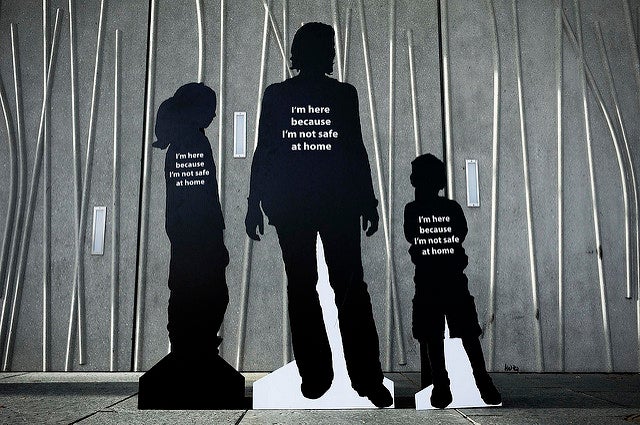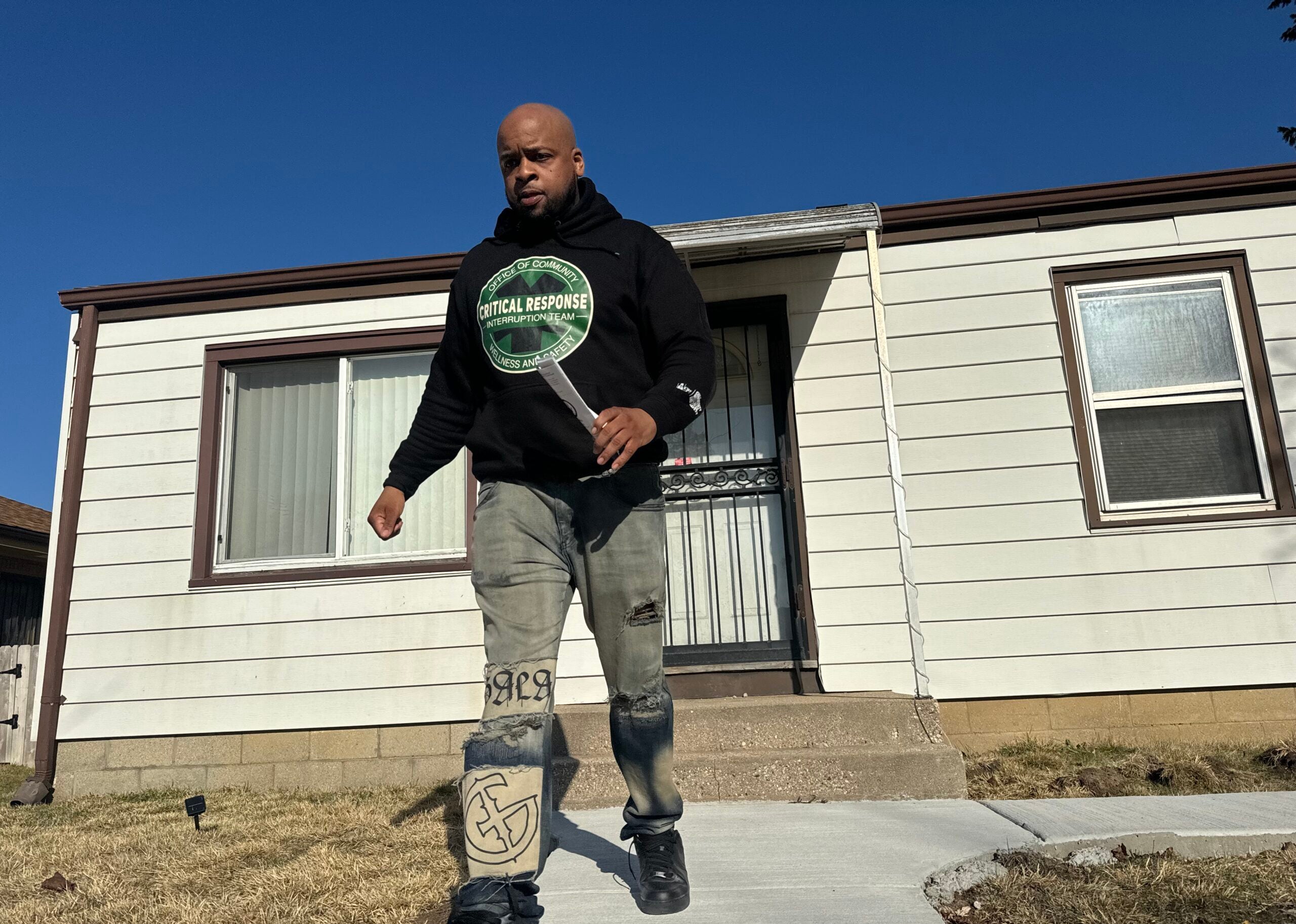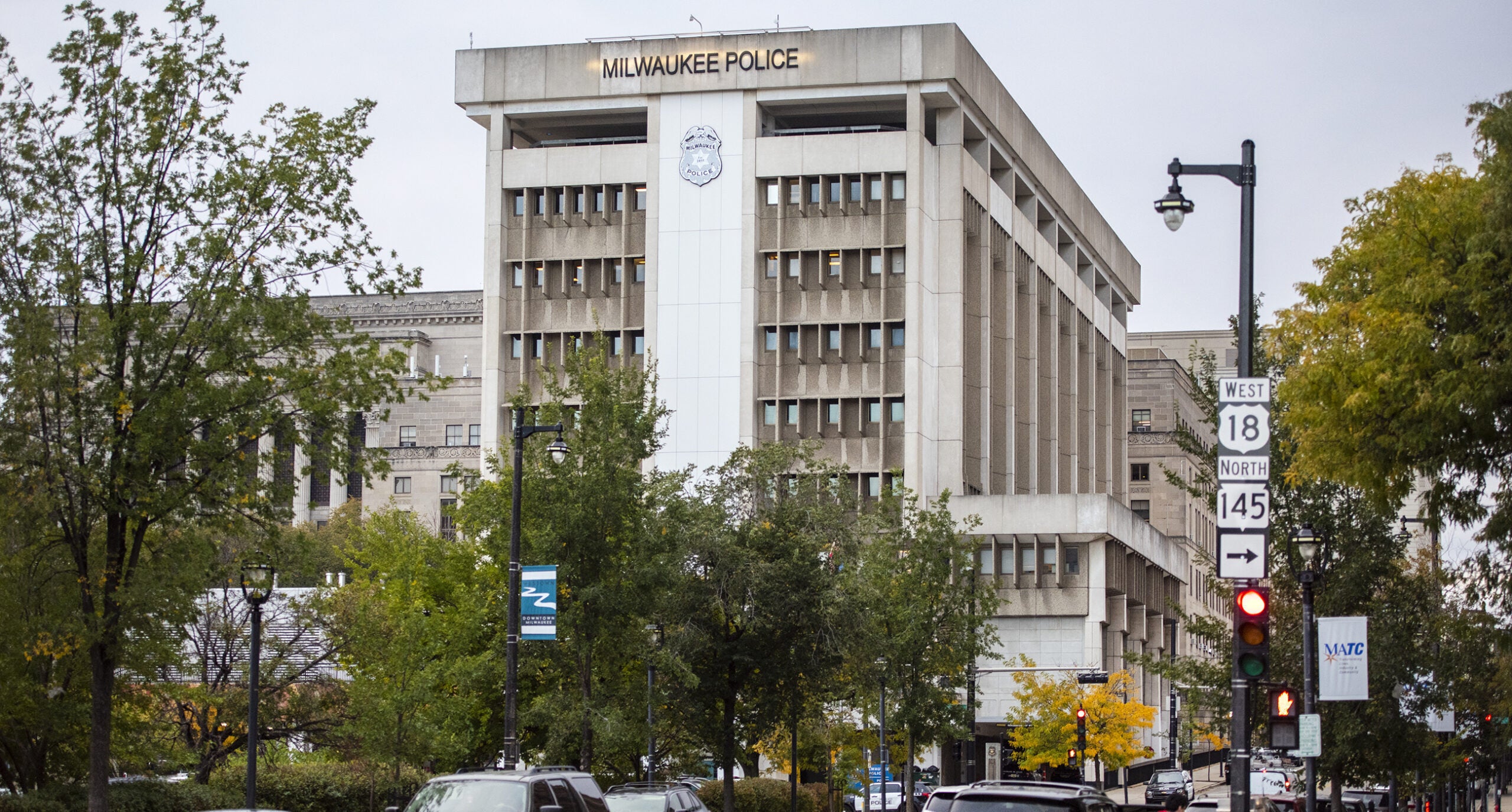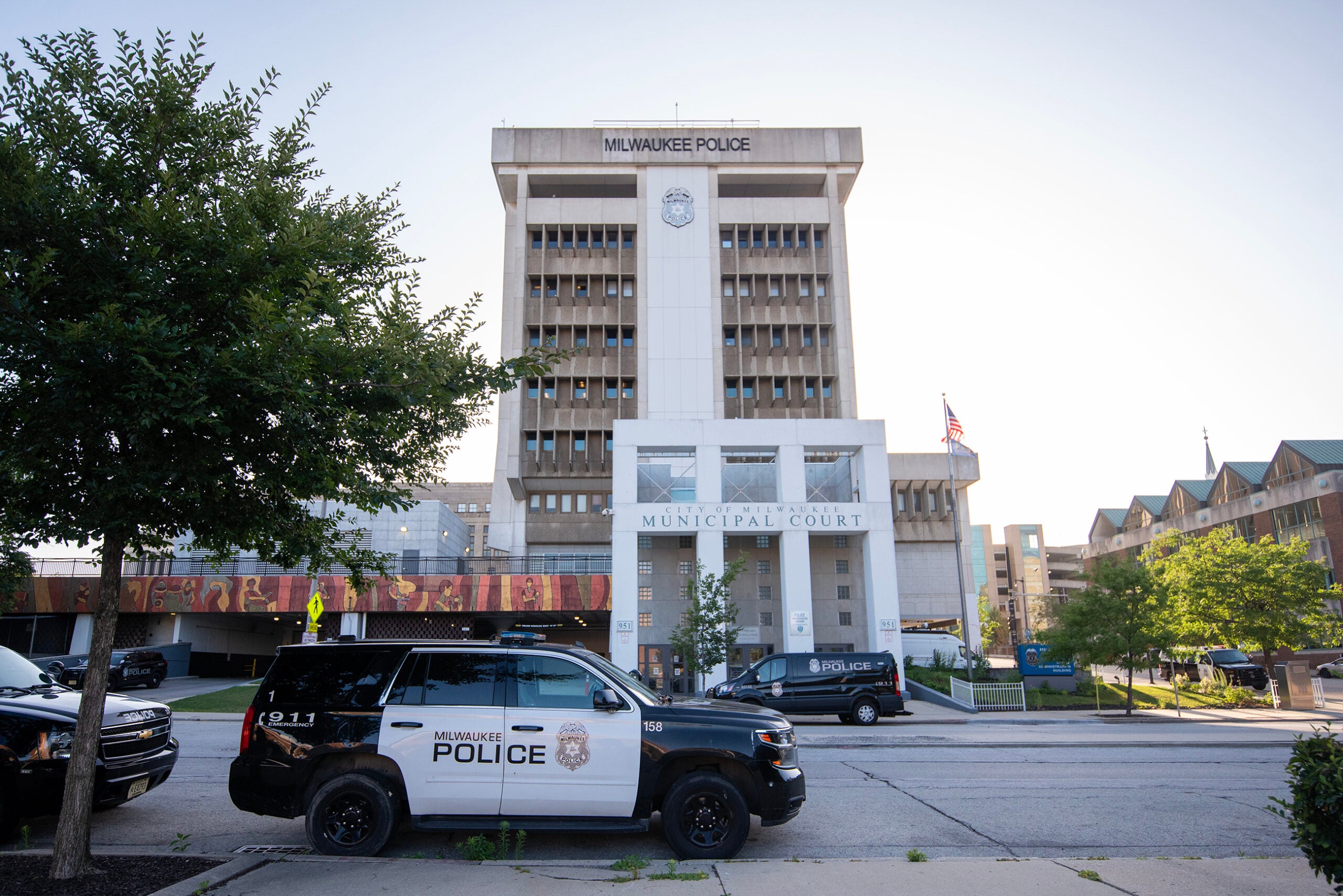“Domestic Violence Claimed 73 Lives in Wisconsin” reads the cover of End Domestic Abuse Wisconsin’s 2016 annual report.
It’s the highest number the organization has recorded since they began publishing the report in 2000.
The victims range in age from one to 72 years old, and the average age of the victim, according to the 2016 report, is 36 years old.
News with a little more humanity
WPR’s “Wisconsin Today” newsletter keeps you connected to the state you love without feeling overwhelmed. No paywall. No agenda. No corporate filter.
End Domestic Abuse Wisconsin is a statewide coalition led by policy advocates, attorneys and experts working to put an end to domestic abuse. Each year, the organization uses publicly available data to publish a report on the state of domestic abuse in Wisconsin. The number of domestic violence homicides typically fluctuates between 30 to 70 deaths, with last year marking the highest number of homicides the organization has ever recorded.

Domestic violence-related deaths in Wisconsin. Marylee Williams/WPR
According to the 2016 Wisconsin Domestic Violence Homicide Report, men were the most common perpetrators of domestic violence homicides, causing 82 percent of deaths. Of intimate partner deaths, more than a third were because the relationship ended or the victim was trying to leave an abusive relationship.
End Domestic Abuse Wisconsin associate director Tony Wilkin Gibart said domestic violence is at the intersection of many issues, and said gun violence, financial insecurity and gender discrimination, fuel the number of homicides and incidents of domestic violence.
“Families that are experiencing domestic violence often face economic insecurities and one of the reasons domestic violence victims stay in violent relationships is because they’re unsure if they’ll be able to survive financially,” said Wilkin Gibart. “Certainly the economy has gotten a little bit better year after year since the great recession, but it hasn’t gotten better equally for everyone.”
A majority of the domestic violence homicides were committed with a firearm, according to the report. While there isn’t one central cause End Domestic Abuse Wisconsin can point to, Wilkin Gibart highlighted an area where the state is lacking.
“I think the single biggest policy failure that would make these numbers lower without a doubt is that Wisconsin does not have universal background checks on all gun sales,” he said.
In an email statement from his office, Gov. Scott Walker said he is committed to protecting the people of Wisconsin.
In his 2015 biennial budget, Walker increased domestic abuse grant funding by $5 million. However, according to Wilkin Gibart, the influence of that money isn’t reflected in the 2016 report because organizations were unable to access those funds until mid-2016.
The same year Wisconsin politicians passed this funding increase; they also repealed the 48-hour waiting period to purchase a gun.
Wilkin Gibart said this move toward more lax restrictions around firearms has serious implications for victims of domestic violence.
“We know that when a survivor has a firearm in her home, she is more than five times more likely to be killed, just the presence of the gun in the situation makes it more likely that that victim will end up in this report,” he said.
While End Domestic Abuse Wisconsin is working toward zero domestic violence homicides, Wilkin Gibart doesn’t think he’ll see that in his lifetime. But he is hoping that long-term cultural shifts and short-term changes can get Wisconsin there.
Currently, End Domestic Abuse Wisconsin is working with law enforcement to better identify when a victim of domestic violence is at risk of being killed. The organization wants to ensure high risk victims are being connected with domestic abuse intervention services as soon as possible to avoid a potential homicide.
“Domestic violence homicides are predictable, and if they’re predictable they should be preventable,” Wilkin Gibart said. “These are not random acts of violence; often preceding these homicides there is a victim who is saying, ‘I am in danger someone threatened to kill me,’ and part of the message of the report is we need to take those pleas for help seriously.”
Wisconsin Public Radio, © Copyright 2025, Board of Regents of the University of Wisconsin System and Wisconsin Educational Communications Board.






